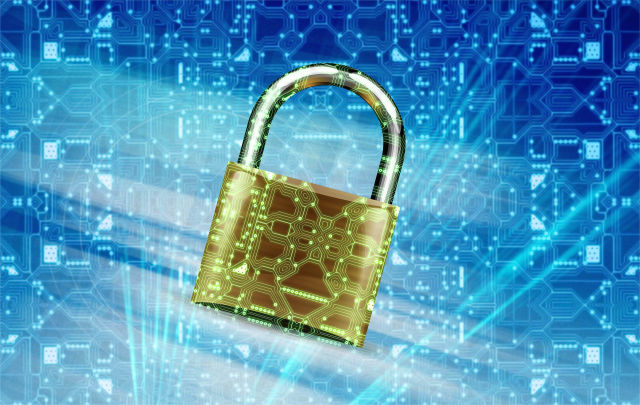

Here are some essential steps you can take to safeguard your personal information
1. Strong and Unique Passwords: Use strong, complex passwords for all your online accounts. Avoid using common passwords or personal information. Consider utilizing password managers to securely store and generate unique passwords for each account.
2. Enable Two-Factor Authentication (2FA): Enable 2FA whenever possible. This adds an extra layer of security by requiring a second form of verification, such as a code sent to your mobile device, in addition to your password.
3. Be Cautious with Personal Information: Be mindful of sharing sensitive information online, especially on social media platforms. Avoid disclosing details like your full address, phone number, or financial information unless necessary.
4. Keep Software and Devices Updated: Regularly update your operating system, web browsers, and apps. Software updates often include security patches that address vulnerabilities, reducing the risk of being compromised.
5. Secure Wi-Fi Networks: Use strong passwords for your home Wi-Fi network and avoid using public Wi-Fi for sensitive activities. Public networks are often unsecured, making it easier for attackers to intercept your data.
6. Practice Safe Browsing: Be cautious while clicking on links or downloading files from unfamiliar sources, as they may contain malware or phishing attempts. Verify website security by looking for HTTPS in the URL.
7. Use Privacy Settings: Review and adjust privacy settings on social media platforms and online services to control the visibility of your personal information. Limit access to your profiles and posts to trusted individuals.
8. Regularly Monitor Your Accounts: Keep an eye on your bank statements, credit reports, and online accounts for any suspicious activity. Report any unauthorized transactions or breaches immediately.
9. Educate Yourself about Phishing Scams: Be aware of common phishing techniques, such as fraudulent emails or websites impersonating legitimate organizations. Avoid clicking on suspicious links or providing personal information in response to unsolicited requests.
10. Use Antivirus and Firewall Protection: Install reputable antivirus software and enable a firewall to defend against malware and unauthorized access attempts.
Remember, protecting your online identity is an ongoing effort. Stay informed about the latest security practices and remain vigilant to keep your personal information secure.